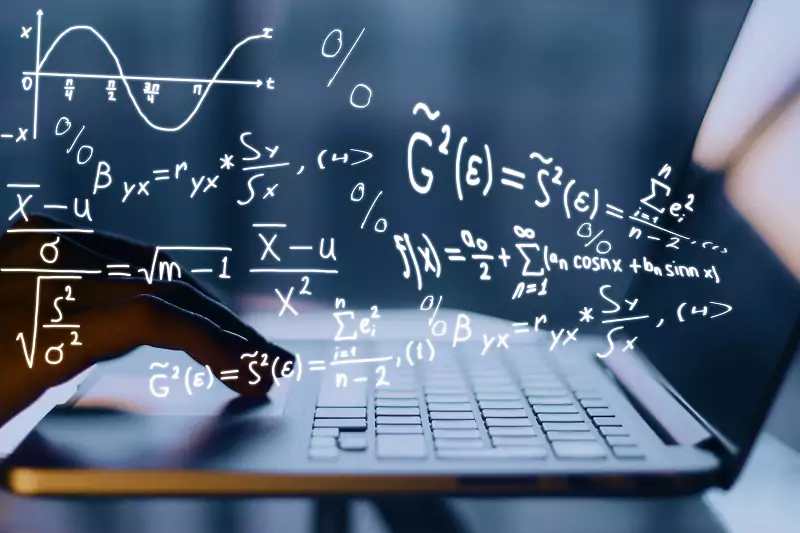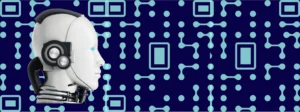
While Linear Programming might elicit frustration for some, its nuanced intricacies and historical battles offer a fascinating study. Meanwhile, Inter-universal Teichmüller theory captivates minds by presenting a unique intersection of number theory and geometry. Exploring these contrasting subjects, we unravel the diverse feelings towards these mathematical theories and shed light on the fascinating worlds they unveil.

✅ AI Essay Writer ✅ AI Detector ✅ Plagchecker ✅ Paraphraser
✅ Summarizer ✅ Citation Generator
Key Takeaways:
- Linear Programming’s rich history offers an engaging study despite its complexity.
- Inter-universal Teichmüller theory unveils new mathematical terrains, bridging disparate areas.
- Both subjects exemplify the diversity and intrigue within mathematics.
How to Hvae Fuwn With Linear Programming
Linear Programming (LP) might seem like an unwelcome visitor to some – an unexpected step-parent trying to fit into an established family dynamic. It’s an intricate aspect of mathematics that can seem daunting and alien, especially when confronted with complex concepts like the inverse matrix product of matrices with varying m and n dimensions. Visualizing rotations in this space can make even the bravest mathematicians break out in a cold sweat. For some, falling behind in grasping these concepts can take the shine off what might initially be an enjoyable subject.
But let’s not forget, LP has a rich history marked by a fascinating battle of methods – the simplex versus the interior-point methods. This struggle for superiority offers not only academic excitement but also provides interesting visualizations, making the field captivating to those with a keen interest. It’s this dichotomy of experiences that makes Linear Programming an intriguing subject, demanding both persistence and intellectual curiosity from its pursuers.
The Teichmüller Theory
The realm of Inter-universal Teichmüller theory offers a stark contrast. Its essence lies in the convergence of seemingly disparate areas of mathematics, notably number theory and geometry. This theory imagines universes, each governed by unique mathematical systems, laws, and principles. By probing these universes and their interactions, we transcend traditional mathematical explorations, embarking on a thrilling journey of discovery.

What sets Inter-universal Teichmüller theory apart is its bridge-like characteristic. It allows for the unification of diverse mathematical landscapes, fostering connections in unexpected ways. Its beauty lies in its ability to reveal uncharted territories of knowledge, pushing the frontiers of understanding. It offers a compelling exploration, akin to a thrilling expedition across distant lands, seeking undiscovered truths hidden within the mathematical fabric of reality. This approach to mathematics propels us to venture beyond the known, cultivating our appetite for intellectual exploration.
5 Mathematical Concepts Every Programmer Should Know
The world of programming, while largely revolving around logical thinking and problem-solving, does contain several areas where mathematical knowledge proves incredibly valuable. Here are five key mathematical concepts that every programmer should be familiar with.
Boolean Algebra: At the core of computer systems, Boolean algebra deals with binary variables and logical operations. Understanding this concept enables programmers to craft conditional statements, perform bit manipulation, and manage control flow with efficiency.
x = 5
y = 10
if y > x:
print("y is greater than x")
else:
print("x is equal to or greater than y")
Linear Algebra: Linear algebra forms the basis for many machine learning algorithms and computer graphics. A clear understanding of vectors, matrices, and their operations can help programmers manipulate data, develop efficient algorithms, and handle multidimensional spaces.
import numpy as np
# Initialize matrices
A = np.array([[1, 2], [3, 4]])
B = np.array([[5, 6], [7, 8]])
# Perform matrix multiplication
C = np.dot(A, B)
Probability and Statistics: These concepts form the backbone of data analysis and machine learning. Knowledge of probabilities, distributions, and statistical tests enables programmers to make sense of data, draw insights, and develop predictive models.
from scipy import stats
# Define a list of data points
data = [1, 2, 2, 3, 3, 3, 4, 4, 4, 4]
# Calculate mean and mode
mean = np.mean(data)
mode = stats.mode(data)
print("Mean: ", mean)
print("Mode: ", mode.mode[0])
Discrete Mathematics: This includes a wide range of topics such as graph theory, set theory, and combinatorics. Discrete mathematics is essential in algorithmic thinking, database management, and network design.
# Graph represented as a dictionary
graph = {'A': {'B': 1, 'C': 3}, 'B': {'A': 1, 'D': 5}, 'C': {'A': 3}, 'D': {'B': 5}}
# Dijkstra's algorithm implemented
def dijkstra(graph, start):
# Code for the algorithm...
Calculus: While not used directly in most programming, understanding calculus, especially concepts of differentiation and integration, is crucial in machine learning, optimization problems, and even in game development for physics simulations.
import autograd.numpy as np
from autograd import grad
# Define a function
def f(x):
return x**2 + 2*x + 1
# Get its derivative
df = grad(f)
print(df(1.0)) # output: 4.0
Grasping these mathematical concepts allows programmers to approach problems with a well-equipped toolbox, enabling them to create robust, efficient, and optimized solutions. While not every programmer will use all of these concepts regularly, having a foundational understanding of these areas can open doors to a wide range of possibilities, contributing to a more comprehensive and flexible skill set.
Also read:
Is ChatGPT Losing Its Coding Edge?
Level Up Your Coding Skills with These 5 Free Games for Aspiring Programmers
Harvard Introduces AI To Teach Coding In Fall Semester
Follow us on Reddit for more insights and updates.





Comments (0)
Welcome to A*Help comments!
We’re all about debate and discussion at A*Help.
We value the diverse opinions of users, so you may find points of view that you don’t agree with. And that’s cool. However, there are certain things we’re not OK with: attempts to manipulate our data in any way, for example, or the posting of discriminative, offensive, hateful, or disparaging material.